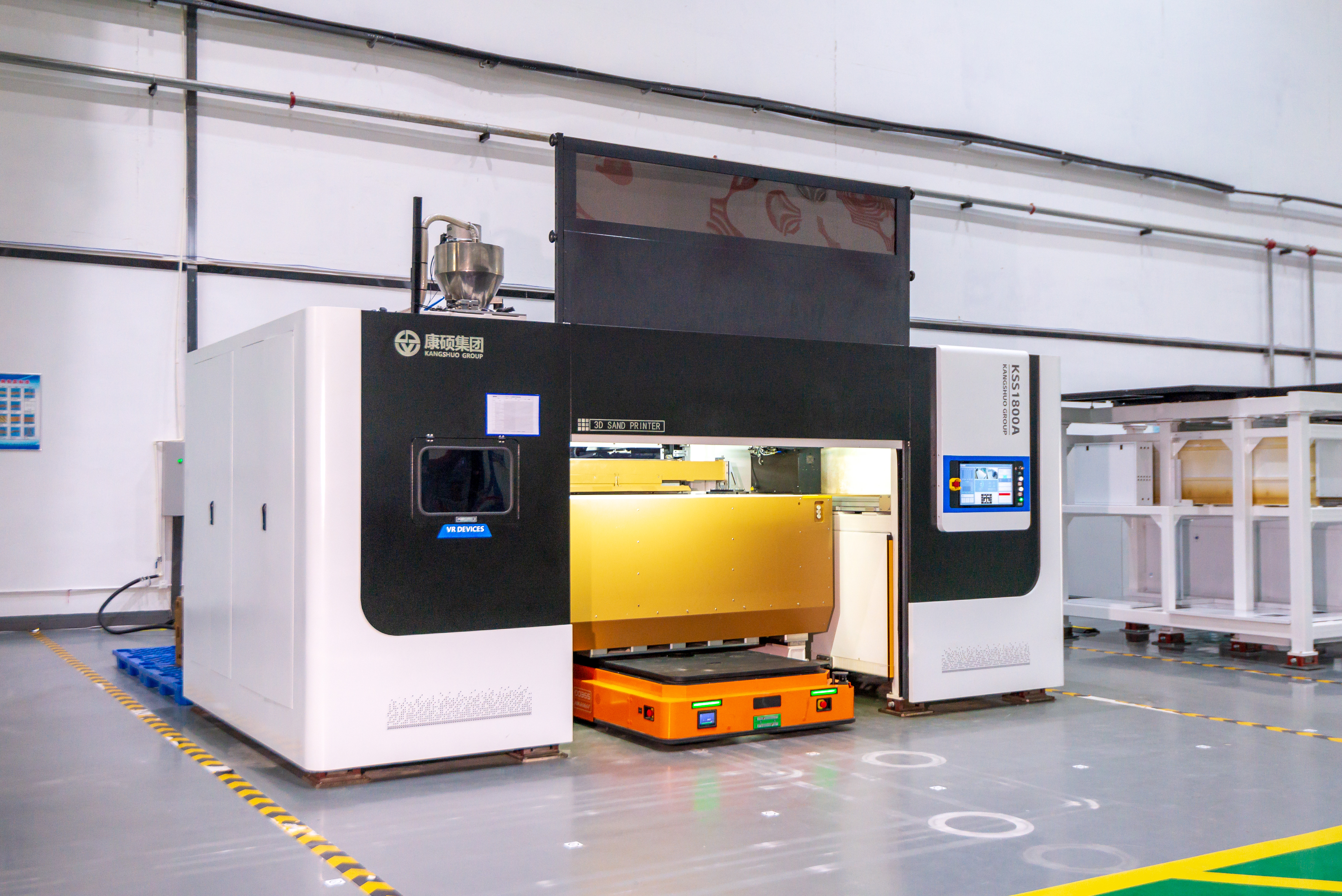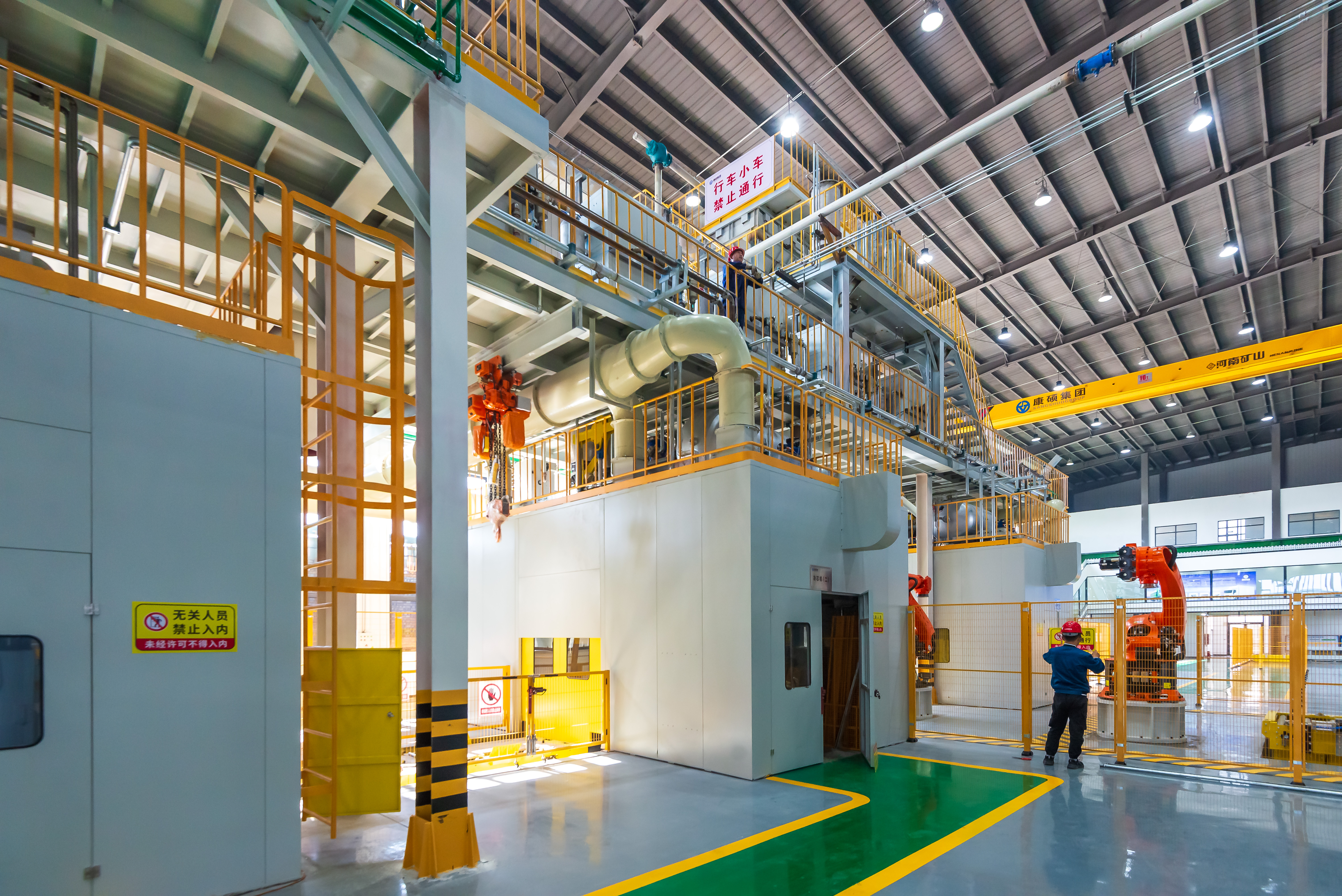ceramic 3d printer resin
Ceramic 3D printer resin represents a groundbreaking advancement in additive manufacturing technology, combining the versatility of 3D printing with the exceptional properties of ceramic materials. This specialized resin consists of ceramic particles suspended in a photopolymer matrix, enabling the creation of complex ceramic structures through stereolithography processes. When exposed to UV light, the resin undergoes photopolymerization, forming solid layers that build up to create the desired object. The printed parts subsequently undergo debinding and sintering processes, where the polymer binder is removed, and the ceramic particles fuse together, resulting in dense, high-performance ceramic components. This innovative material supports the production of intricate geometries that would be impossible or extremely difficult to achieve through traditional ceramic manufacturing methods. The resin is particularly valuable in industries requiring high-temperature resistance, chemical inertness, and excellent mechanical properties, such as aerospace, medical devices, and advanced electronics. The material's ability to maintain dimensional accuracy while providing superior surface finish makes it ideal for both prototyping and end-use applications, revolutionizing the way ceramic components are designed and manufactured.


